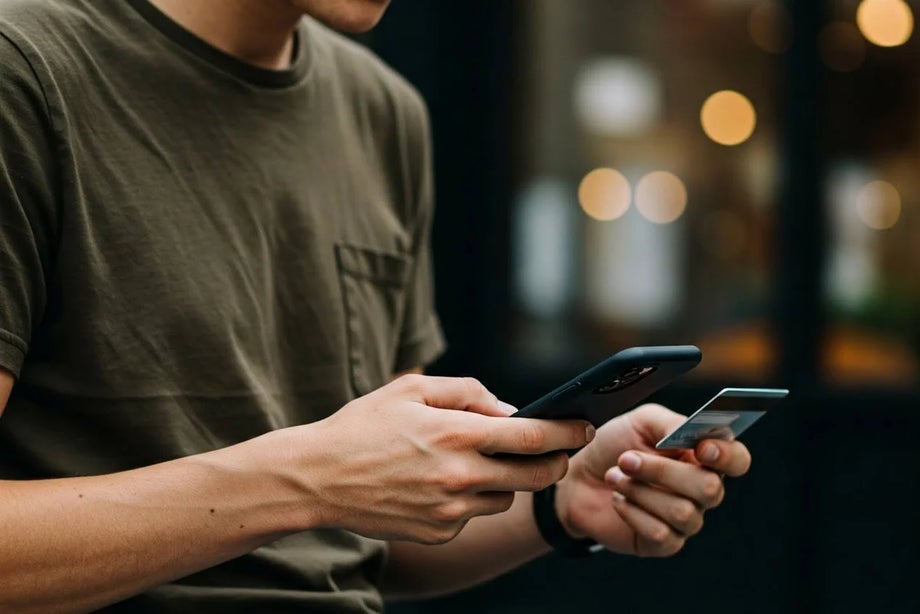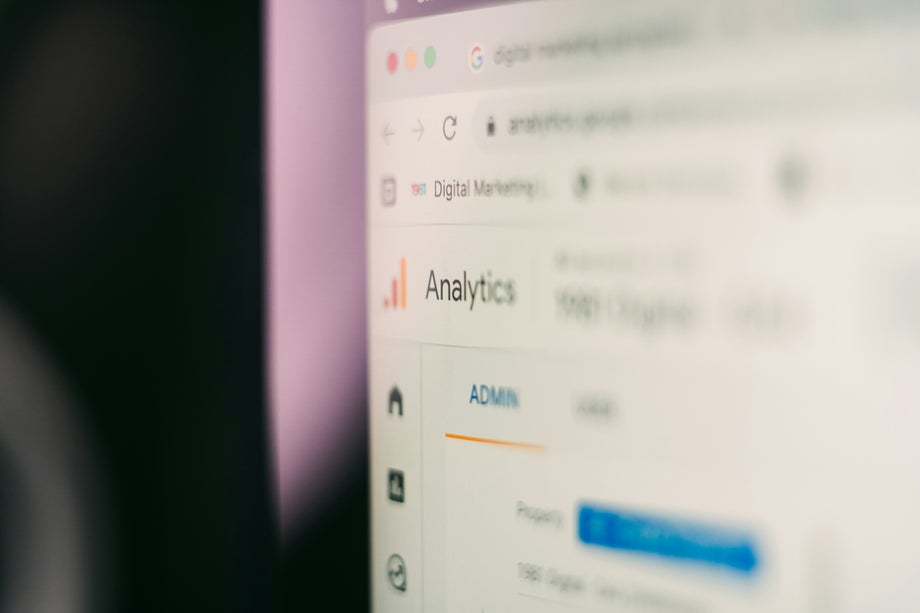
Once you’ve decided to work with an agency on a project, the next question to answer is who and how you will select them. And let’s be honest, that’s where things can get complex. The project's success will, in the main, be determined by who you pick.
Of course, the sector in which you work will influence aspects of the selection. If you work in the public sector, the process typically starts with the tender process, where the various agencies answer a specific set of questions submitted for review. In the private sector, there are multiple routes, but for simplicity's sake, let’s go with a popular one: completing a search online and, after some due diligence, selecting a final few and then asking them to present to you and the relevant stakeholders.
Regardless of which sector, ultimately, you are being sold to…and the agencies are focused on explaining why they are the ones to choose.
I’ve been involved on the agency side for many years, but I also have experience on the brand side. As a result, I have a pretty good understanding of what it means to be on both sides of the table.
So, what should you look for when choosing your agency partner?
What are we talking about here? Everything from the mission and vision statements to CSR initiatives and how the agency talks about itself on social media and its website. And there’s no one correct way; it’s more that you like what they are saying because it aligns with what you say and put out as a brand. I don’t want to hammer home the point that selecting a partner agency is like picking a partner, but the similarities are unavoidable. In this instance, it’s about shared interests; if they are not there naturally, they are almost impossible to manufacture.
Again, as in any relationship, communication is key. What measures are in place to facilitate how you will talk and interact with one another and the other players in the project? At All human, we embrace the Agile methodology, fostering a dynamic and collaborative project management environment. Our approach is iterative and incremental, allowing for continuous feedback and adaptation. We engage with our clients throughout the process, ensuring transparency and alignment at every stage and welcoming changes in requirements, even late in development.
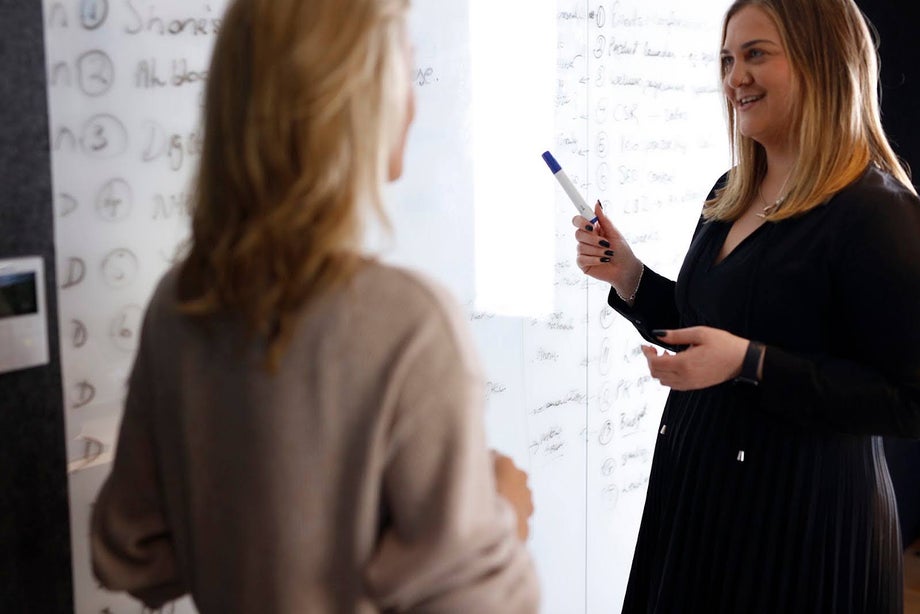
At the end of the day, who is it all for? Is the agency way too self-involved and sees you only as a means to promote themselves further? Or are they single-minded and understand that your customer, or user, if that’s more accurate, is the endgame? How much do they discuss research and data-backed decisions informing design or development? Do they undertake qualitative and quantitative research and talk about testing designs and the UX for your target demographics?
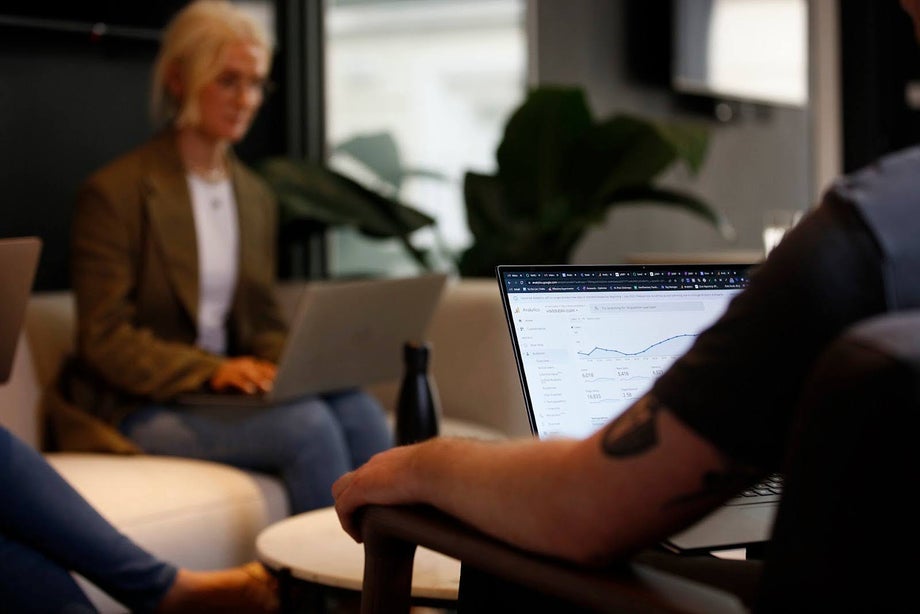
You will likely want them to have existing case studies and testimonials from the other brands they are working with or have worked with. It’s reassuring to know that your selected agency knows what they are doing and can help you get your project over the line. Even if you consider your situation unique, the reality is most agencies worth their salt will have dealt with something similar and will be able to bring their expertise and practice- and sometimes even their failings- to you so that you can succeed.
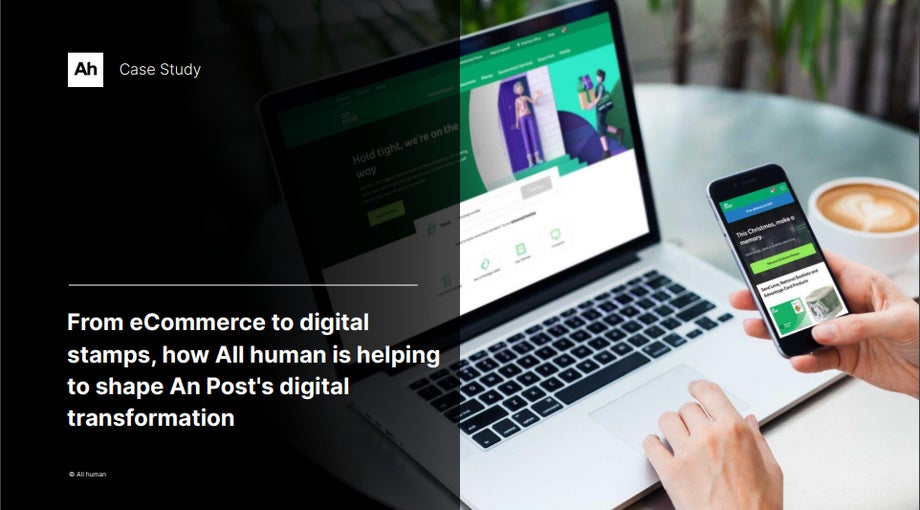
I know we say trust has to be earned, and that’s hard when you have to choose the agency before you’ve gotten to work with them. So, this one is a little harder to judge or evaluate. Still, I liken it to professionalism, and whether in those early days- when tenders were completed and then pitches presented or if it was cold calls and then a sales meeting- the interactions and behaviours were professional.
Does the agency from the get-go appear happy to set KPIs and then share and review them regularly? You will have definitive goals and expectations of ROI and many others depending on the nature of the project. You should expect to be able to share these with your selected agency and that they are equally invested in you achieving them and are happy to set time aside to check in and generate the relevant data as needed.
Reciprocity is essential here, too. The goals should not only be one-sided. In fact, the agency should set targets for its performance and prepare clear objectives and KIPs around shared goals.
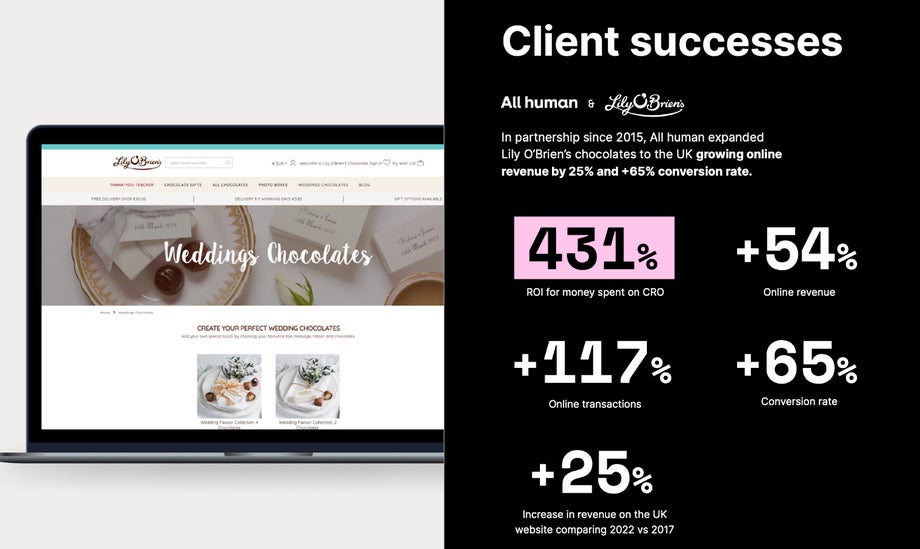
“There’s no I in team.” It is so very easy to forget this and let’s face it; sometimes there are differences between what the client expects and what is possible. We’ll have seen the plethora of memes on this topic. Having been involved on both the silent side and the agency, I understand how easy it is to feel siloed or defensive when someone offers a perspective that doesn’t match yours.
We all want to avoid a them vs. us scenario as this works for neither party and ultimately can result in a poor CX.
As you start the conversation with prospective agencies, ask about how they approach differences in opinion and what they do to promote collaboration actively.
Relationships need consistency and people knowledgeable about the task, the challenges and the desired outcomes. Having to onboard someone new regularly means time is lost, and it can be disruptive as you get to know and understand how this new person works. Relationships, after all, do take time and commitment, so having to hit restart constantly is never a good thing.
Plus, you do have to ask why people keep leaving. And as the adage goes, there’s no smoke without fire. So, what is happening at the agency that is causing the exodus?
Yes, you have engaged the agency for their expertise and skills in an area where you are possibly less proficient. However, it’s still your project. If there are no steps for review and approval, you have to wonder how they will ensure you agree with what they are doing. It’s your brand, your project and probably your head on the line. Are they talking to you about team charters? Or RACI? A lack of clarity around roles and responsibilities can cause delays, unsatisfactory results and outcomes or failure to meet expectations.
While there are staples, tried and tested examples that an agency knows will work if there is an unwillingness to innovate and experiment, will the final result be limited by a lack of daring or imagination? This extends beyond creativity and includes an openness to trying technologies like AI to look at solutions in a new way.
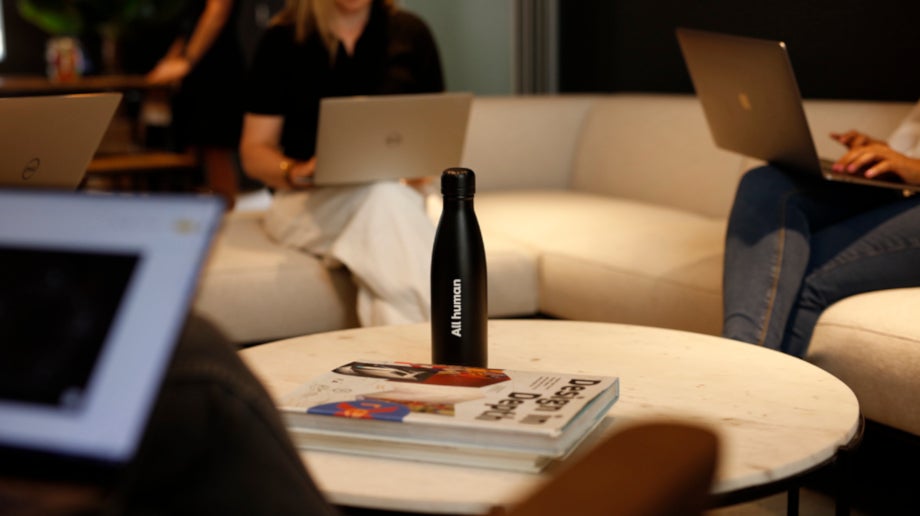
Get more tips & tricks delivered straight to your inbox with the All human newsletter.

